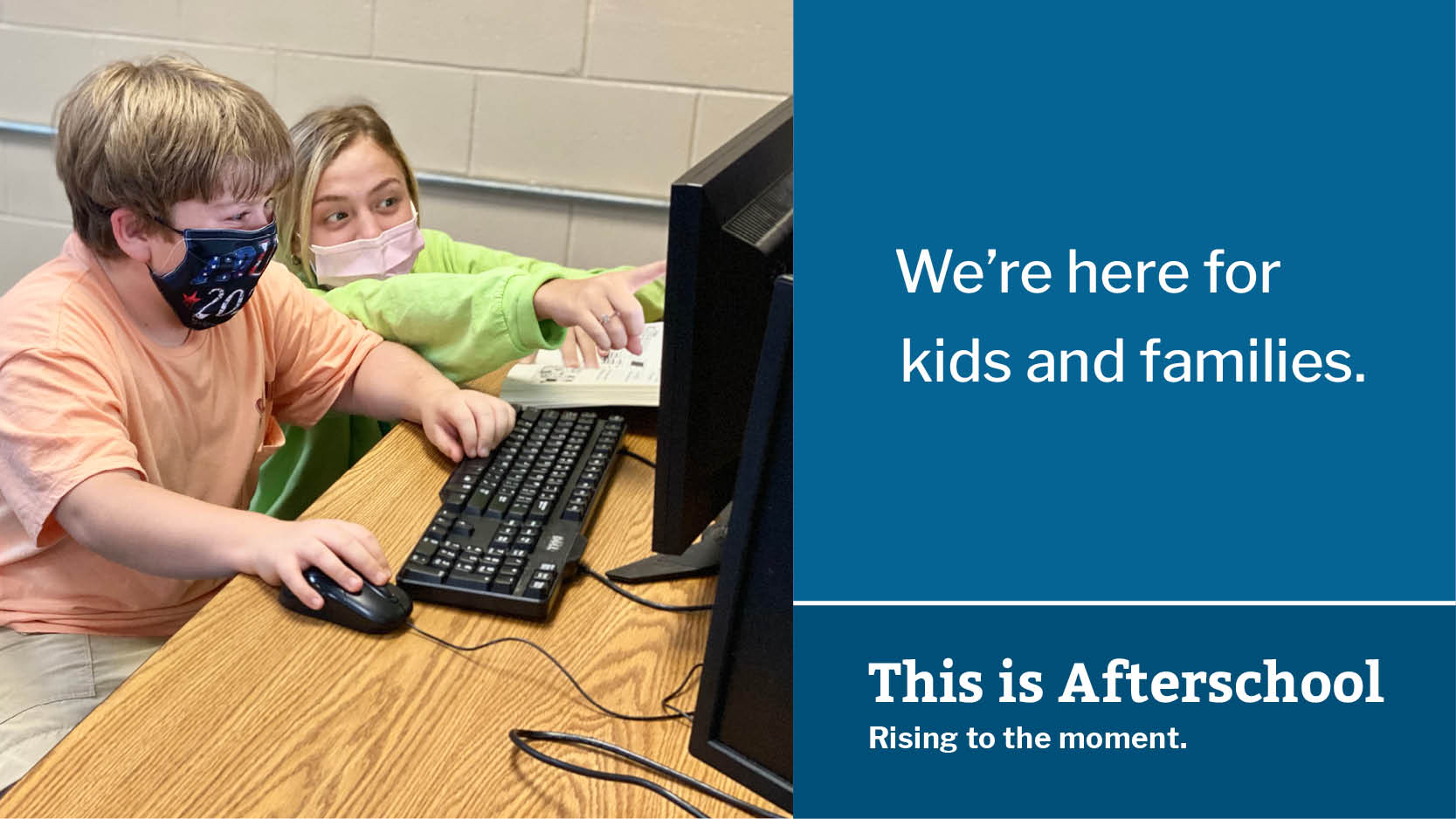Steps to Leverage School-Community Partnerships
This page offers resources to help schools and districts effectively leverage the resources and talents community partners provide to enhance students’ learning days.
Now more than ever, school districts and schools are faced with important decisions about how to support young people and their families, and those who educate and care for them. Students, including those who need the most support, will need teachers, afterschool youth development professionals, and other program leaders who have the ability to teach academic content while engaging students through their interests and specialized needs. They will need more wraparound support to help them build hope today and resilience towards the future.
School-community partnerships are a key strategy for connecting critical supports with youth and with the school. Community organizations are able to bring essential resources and expertise to schools, resources that could take the form of long-standing family relationships, teaching artists, culturally-competent educators, health and social services connections, or many other kinds of expertise as needed by a particular school or community.
Step 2: Prioritize Stakeholder Input and Collaboration
Including the right voices in your planning process, needs assessments, and decision making is critical to the success of maximizing ARP funds.
- Organize a short-term planning workgroup to look at utilization of these funds, including the school district, teachers, community-based organizations, parents/guardians, students, local funders, etc.
- (See “School-Community Guidebook as part of our planning resources).
- Integrate mechanisms and structures that allow for inclusive collaboration, meaningful feedback, and effective distribution of information and communication to stakeholders.
Step 3: Establish and Strengthen Sustainable School- Community Partnerships
Following assessment of needs and plan for implementation, local school districts should actively seek to leverage the expertise, talent, and resources of community partners. A thoughtfully designed partnership can bring an infusion of new energy, new ideas, and new resources that are critical to building a sustainable ecosystem of support for whole child development and whole communities.
- Community organizations play a crucial role in bringing essential resources and expertise to schools, complementing and supplementing what the rest of the school day delivers (See a curated list of afterschool, childcare, and youth-serving partners your school district can collaborate with to accelerate students’ success and recovery.).
- There are many opportunities to support purposeful school, school district, and community partnership and collaboration. See our recommendations on how to do this.
- Leverage the work of the NYS Network for Youth Success, which plays a large role as the statewide afterschool network in coordinating the afterschool system. districts. Here are some ways the Network can help:
- Advising on guidance for local education agencies
- Providing data on programs in the state and unmet demand
- Identifying programs serving highest need communities
- Providing training and quality supports for programs that receive funds through high-quality offerings and resources.
Step 4: Build a Learning Ecosystem
COVID-19 has revealed that schools provide more than just academic support for students, and accentuate the need for coordinated supports through collaboration with the afterschool, childcare, health, mental health, and social emotional learning systems to address academic and non-academic issues that support students’ overall wellbeing.
- Local school districts are highly encouraged to utilize the community schools strategy to provide crucial wraparound services to promote the social, emotional, and physical well-being of children and youth (See “Community Schools Resources” in the resources provided for more information on community schools, including how to start a community school).
- Community schools are a collaborative strategy that organize community resources to best support the success of students. Research and evaluations show community schools are an effective, evidence-based strategy for school improvement and also a smart investment: the coordination and sustainability of resources at both the school and system levels translates to a return on investment of over $7 for every $1 invested in a Coordinator’s salary. In the connected schools that encompass Waterville, Rome, Dolgeville, and the Town of Webb, the average ROI is $14+ for every $1 invested. In NYC, UFT’s United Community Schools data shows that a $100,000 investment to hire a community school director can bring in more than $600,000 in services and grants to the school community, a 6-to-1 ROI.
Step 5: Leverage Integrated Supports and Systems to Ensure Sustainability and Accountability
The collaboration it takes to successfully create a thriving learning ecosystem improves both the school and the community partner’s ability to offer their students support for their complete academic, social-emotional, physical, and civic development.
- Wherever possible, school districts are highly encouraged to establish seamless supports to maximize school and community resources. For example, school districts can utilize ARP funds to cover permit costs for afterschool and other youth-serving organizations that ran programs in school buildings.
- Employ strategies that uphold the highest level of mutual collaboration, protection, and support. Community partner agreements should reflect fair compensation standards and include long-term funding strategies to ensure sustainable programs.
Step 6: Maximize Success in Efforts to Accelerate Students’ Recovery.
ARP funds provide an enormous opportunity to reimagine students’ learning experience by strengthening the infrastructure for integrated supports, including the incorporation of high-quality informal instructional programming and project-based learning, and social emotional learning. School districts are highly encouraged to:
- Incorporate mechanisms to evaluate the collective impact of a robust learning ecosystem.
- Document the impact of addressing learning loss statewide through evidence-based interventions such as afterschool, summer, and expanded learning opportunities, community schools, and effective school-community partnerships.




